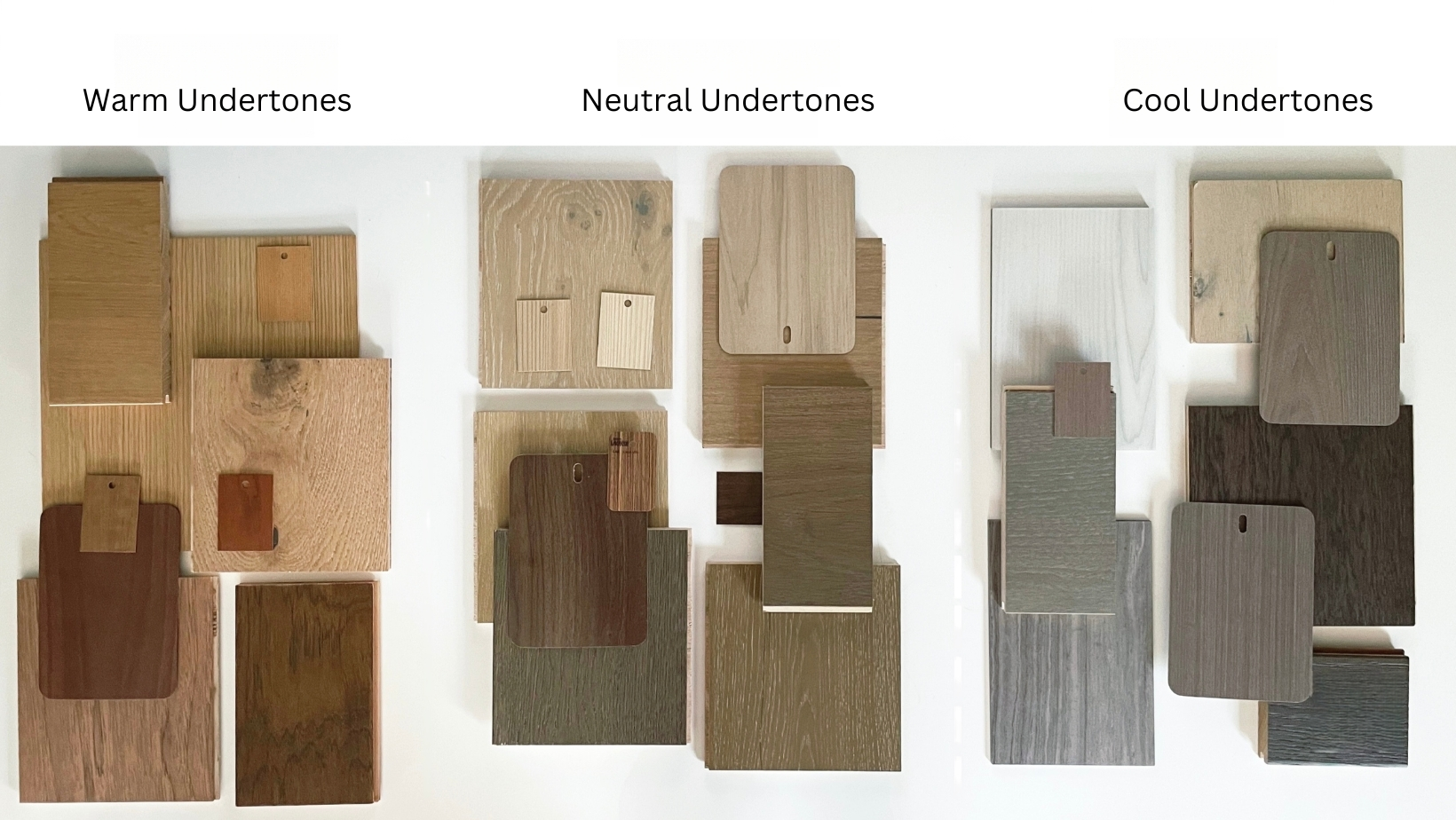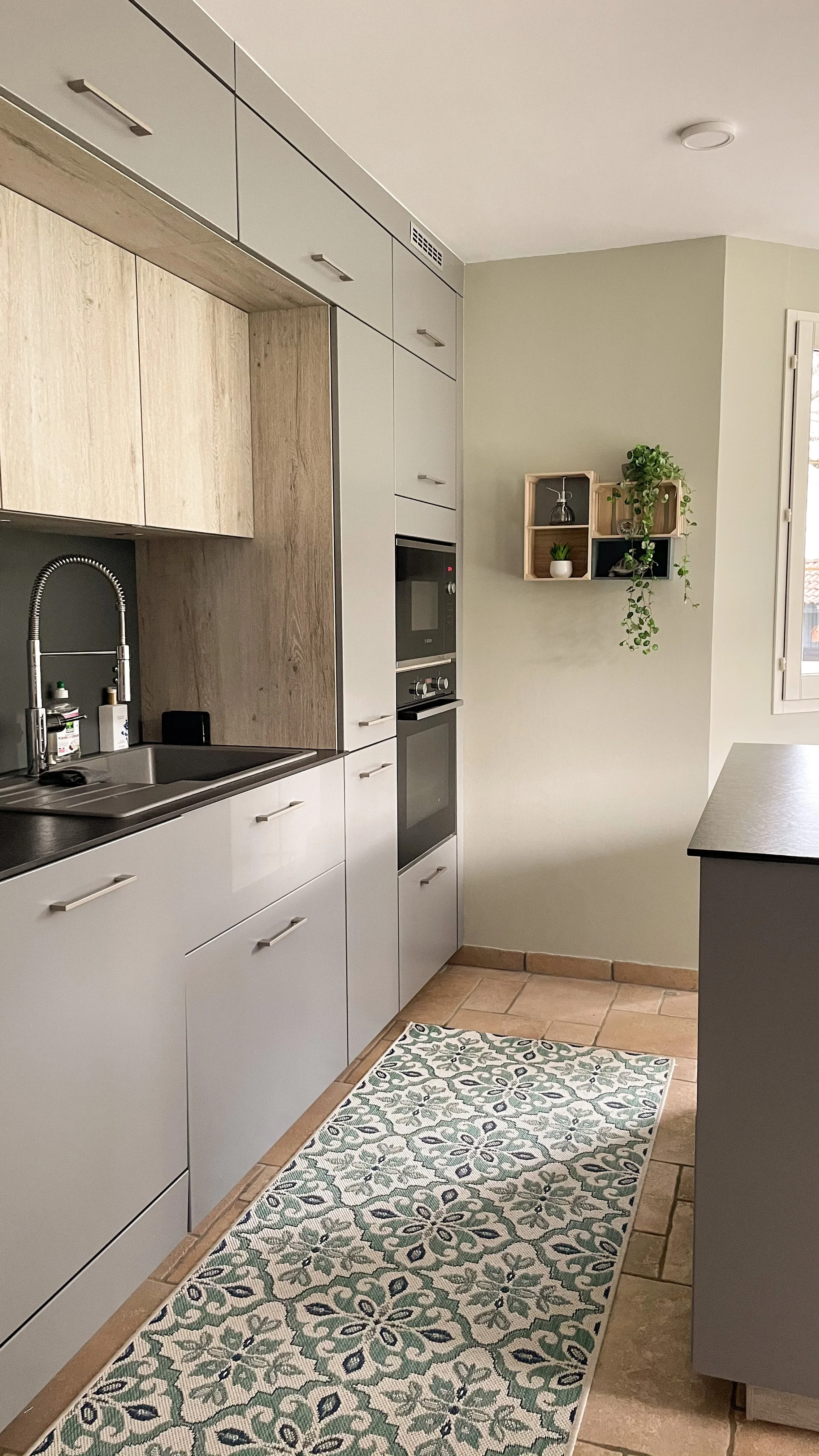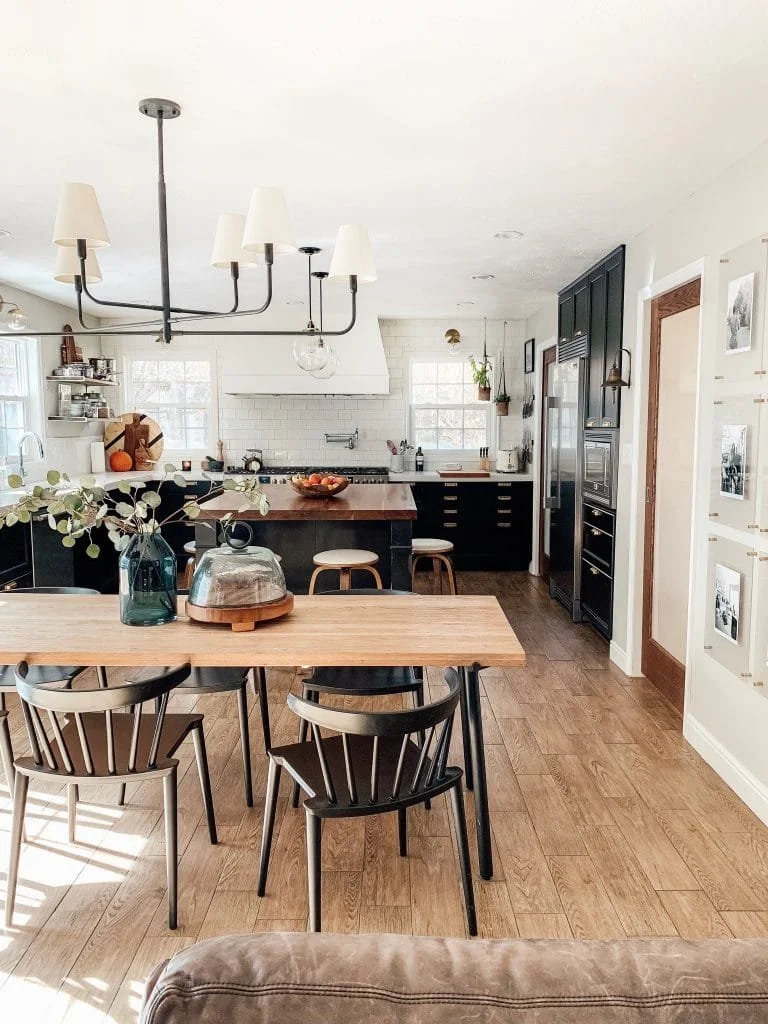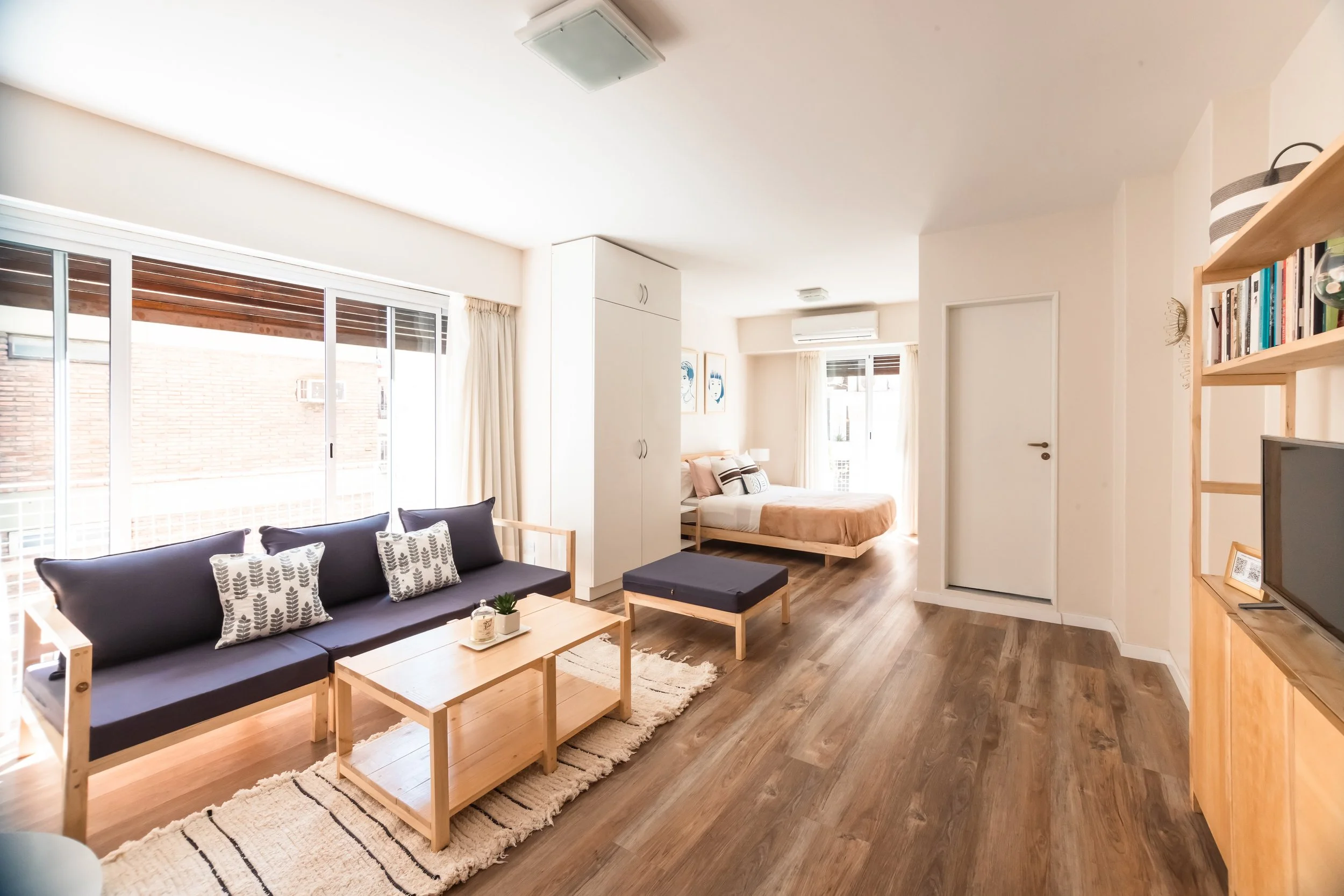5 Best Ways to Mix Wood Tones in Your Mexican Home
Mexico boasts many beautiful local woods, and you don't have to limit yourself to just one. Here are some tips and tricks to mixing wood tones for a cohesive look in your home in Mexico.
Embracing the vibrant culture and natural beauty of Mexico extends to the interiors of your home, where wood plays a significant role in decor. Mixing wood tones isn’t bound by rigid rules, but is instead guided by a sense of balance and aesthetics. Here’s a simplified guide to help you harmonize different wood tones in your Mexican home, enhancing its charm and warmth.
1. Establish Your Dominant Wood Tone:
Begin by identifying the dominant wood tone in your space. If you have wood floors, that's your starting point. If not, cabinetry, a statement piece of furniture or architectural woodwork like beams or trim could set the tone. A Mexican wood like Parota could be a great choice because it often has several tones already within it with which you can play.
2. Harmonize Wood Colors:
Woods and their finishes come in warm, cool, or neutral undertones. Stick to the spectrum of hues in your dominant wood tone. For instance, if your dominant wood tone is warm like the rich hues of Encino (Red Oak), complement it with other woods having yellow, orange, or reddish undertones.
Designer Tip: Avoid clashing by not pairing two woods with strong grain patterns. Choose one with a dominant grain like Parota and others with softer grains.
3. Experiment with Contrasts:
ChrisLovesJulia
Contrast adds a visual spark to your space. Mix wood tones in your Mexican home by combining light, medium, and dark wood tones with similar undertones. Incorporating reclaimed or raw-edged wood is a great way to bring the different tones together. Sabino, or Mexican Cypress with its small knots and varying hues from sapwood to heartwood can add a touch of authenticity and contrast to your warm-undertone space.
4. Create Breaks in Wood-Heavy Spaces:
In a space abundant with wood, use area rugs to break the monotony and divert attention from the wood. If your wood furniture and flooring share similar tones, an area rug can introduce a refreshing contrast.
Designer Tip: Balance the abundance of your wood furniture in Mexico by introducing painted or neutral-stained wood pieces in black, white, or grey, creating a modern yet warm ambiance.
5. Maintain a Cohesive Look:
Repeating similar wood tones, finishes, and grains throughout your space creates a well-coordinated look. Ensure each wood tone variation is represented at least 2-3 times in a room for a balanced, intentional look.
Designer Tip: Don’t get overwhelmed by the plethora of wood tone options. Stick to similar grains and finishes to maintain cohesion. For a relaxed, rustic vibe, use at least one wood with a visible grain, while subtle grains lend a sophisticated touch.
Want an expert's opinion on how to mix wood tones in your Mexican home (and beyond)? Contact Us!




